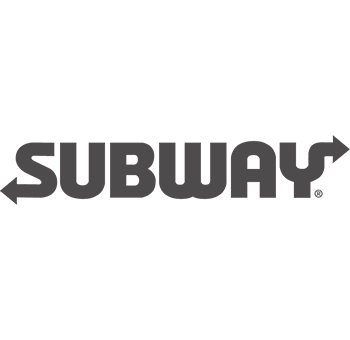Planning a commercial fitout is an exciting opportunity to refresh your space, align your environment with your brand, and even improve productivity.
But if you’re running a business at the same time, it can also feel overwhelming. Downtime, disruptions, and distractions can all impact your staff, your clients, and your bottom line.
However, with a clear plan and the right attitude, you can complete a commercial fitout with minimal interference to your day-to-day operations. Read on to learn how to do it – without the headaches.

How to Plan a Commercial Fitout Without Disrupting Business Operations
Planning a commercial fitout is an exciting opportunity to refresh your space, align your environment with your brand, and even improve productivity.
But if you’re running a business at the same time, it can also feel overwhelming. Downtime, disruptions, and distractions can all impact your staff, your clients, and your bottom line.
However, with a clear plan and the right attitude, you can complete a commercial fitout with minimal interference to your day-to-day operations. Read on to learn how to do it – without the headaches.
Start With a Clear Strategy
Before you even think about space planning, design options or colour schemes, get clear on your objectives. What do you want the fitout to achieve? Are you expanding your team, rebranding, improving workflow, or complying with updated regulations?
Once your goals are clear, assess how the fitout could impact operations. Can the work be done outside of business hours? Will you need to relocate staff temporarily? Can some departments work remotely? Thinking strategically from the start will allow you to make smarter decisions down the track.
Tip: A professional fitout company can help you create a project plan that identifies potential risks and minimises disruption right from the outset.
Choose the Right Fitout Partner
Not all fitout companies are created equal. Look for a provider with extensive experience and a good reputation.
If they have experience in managing live site projects (i.e. completing fitouts while businesses continue to operate on-site), that’s a bonus.
Ask for case studies or examples where they’ve successfully delivered projects without significant interruptions. A reputable fitout company should have a solid understanding of legal requirements, local codes, and health and safety requirements. They should also be able to coordinate their project with minimal impact on your staff and clients.
Tip: Choose a company that offers project management services. Having one point of contact to coordinate trades, timelines, and communication will save you stress and ensure a smoother process.
Schedule Strategically
One of the most effective ways to reduce disruption is to plan the fitout around your business schedule.
This might include:
• After-hours or weekend work: Many trades can operate in the evenings or on weekends to avoid interrupting normal operations.
• Staggered implementation: Break the project into phases so only certain areas are affected at a time.
• Quiet periods: Schedule major works during quieter seasons, public holidays, or company shutdown periods if applicable.
Flexibility is key – both in your business and from your fitout provider. By working around peak hours, you can keep productivity high while the transformation takes place.

Communicate With Your Team
Your staff are your greatest asset, and they need to know what’s happening, when and why. Keep them informed throughout the process and listen to any concerns they may have. Providing regular updates builds trust and ensures everyone’s on the same page.
Some things to cover in your internal communication plan:
• Project timelines and key dates
• Temporary work arrangements or relocations
• Safety procedures during construction
• Who to contact for questions or issues
Encourage feedback and suggestions. Your employees might offer useful insights into how the fitout could better support their workflow, comfort, or customer interactions.
Consider Temporary Workspaces or Remote Work
If parts of your office will be out of action during the fitout, consider short-term solutions. Options include:
• Remote working: Many teams can operate effectively from home during key phases of the project.
• Hot-desking or co-working spaces: These can provide flexibility for displaced teams.
• Temporary partitions or quiet zones: Allow your team to continue working safely and with minimal distraction even while work is underway nearby.
The right solution will depend on your team size, industry, and operational needs. Having a plan in place will prevent last-minute stress and ensure a smoother transition.
Focus on Safety and Compliance
Any fitout must prioritise safety. Partner with a company that has a strong safety record and follows all relevant Australian standards, including:
• Work Health and Safety (WHS) regulations
• Fire safety codes
• Noise and dust control
• Site access protocols
Make sure you’re covered with appropriate insurance, and that all trades on-site are fully licensed and compliant.
Plan for Post-Fitout Transition
Once the construction dust settles, make sure your team is ready to hit the ground running. A successful transition includes:
• IT and equipment setup
• Cleaning and air quality checks
• Orientation or walkthroughs for staff
• Feedback channels to monitor how the new space is working
Looking to Plan a Commercial Fitout Without Disrupting Operations?
A commercial fitout doesn’t have to bring your business to a standstill. With careful planning, a good team, and effective communication, it can be a smooth, low-stress process.
Whether you’re refreshing a retail space, reconfiguring an office, or upgrading a medical facility, the key is to partner with professionals who understand how to work around your operations, not against them.
Need help planning your next fitout? At LKD Fitouts, our experienced team works across Perth, delivering high-quality commercial fitouts with minimal disruption. Contact us today to discuss your project.






